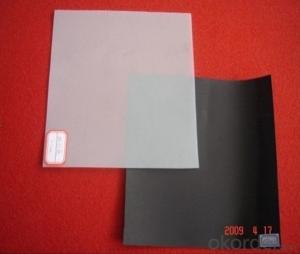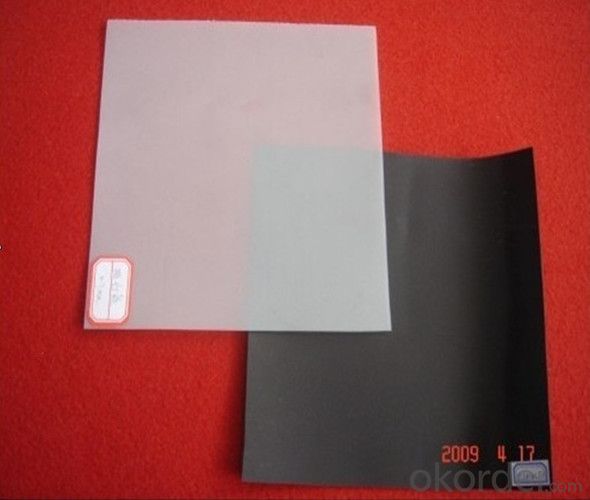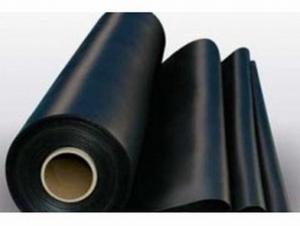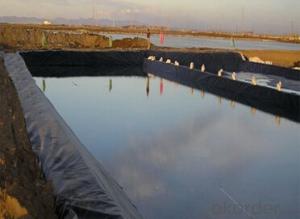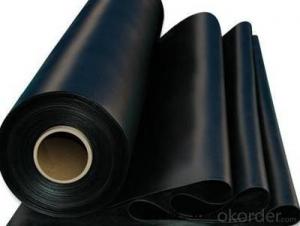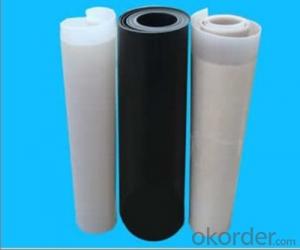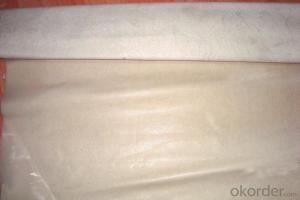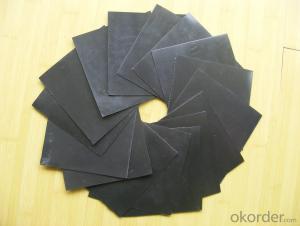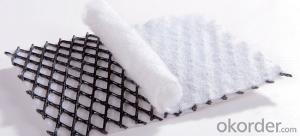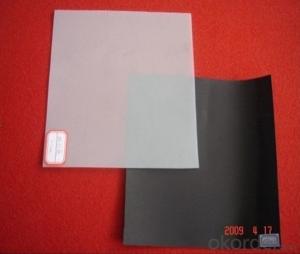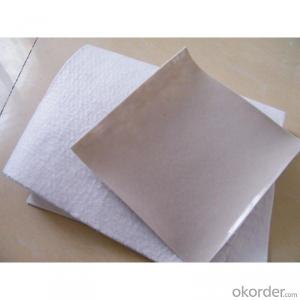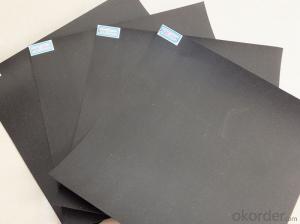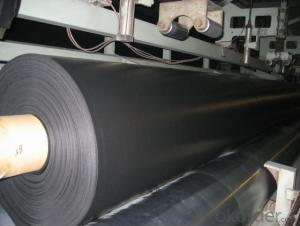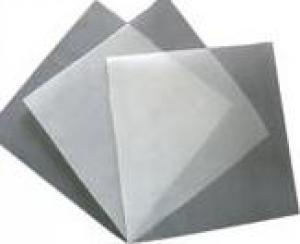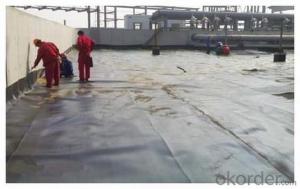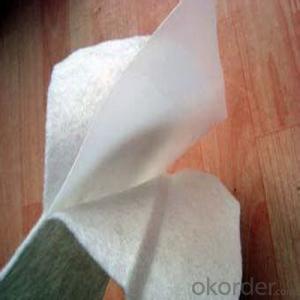Tanques De Geomembrana Precios - CJ/T234-2006 2.5mm Brillante Verde HDPE Geomembrana
- Loading Port:
- China Main Port
- Payment Terms:
- TT or LC
- Min Order Qty:
- -
- Supply Capability:
- -
OKorder Service Pledge
OKorder Financial Service
You Might Also Like
1.Product Description:
1) Environmental protection, sanitation (such as solid waste landfills, sewage treatment plants, power plants Chi-conditioning, industrial, hospital solid waste, etc.) .
2) Water (such as rivers, lakes and reservoirs of the anti-dam, plugging, reinforcement of the canal seepage, the vertical wall of the heart, slope protection, etc.).
3) Municipal Engineering (subway, on the ground floor of the building, planted roof, the roof garden of anti-seepage, sewage pipes lining, etc.).
4) Landscape (man-made lake, river, reservoir, golf courses reservoirs of the substrate, slope protection, green lawn of the waterproof moisture, etc.).
5), Petrochemical (chemical plants, oil refineries, gas storage tanks of the anti-chemical reaction tanks, sedimentation tanks of the lining, etc.).
6), Mining (washing and pool heap leaching, the ash-field, dissolved, precipitation, the yard, the tailings seepage substrates, etc.)
2.Product Characteristic
Our product was proved as good physical and mechanic performance, high tearing resistance, strong deformation adaptability,
puncture, aging, ultra-violet radiation, oil and salt, alkali and corrosion resistance, high and low temperature resistance, non-toxicity, long
operational life, good waterproof, drainage, anti-seepage and damp proof effects, complete width and thickness specifications,low cost
and simple construction.
3.Specifications:
1.thickness : 0.1--3.0mm,
2.Length: 50 m -100 m ; width: 4 m -8 m ( according to customer needs )
3.Elongation at break:700%
3.Material: HDPE.
4.Color: Black or as required
4.Referene Picture
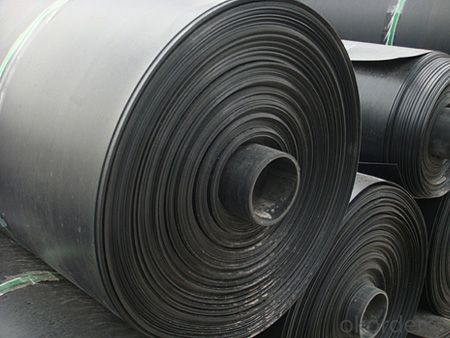
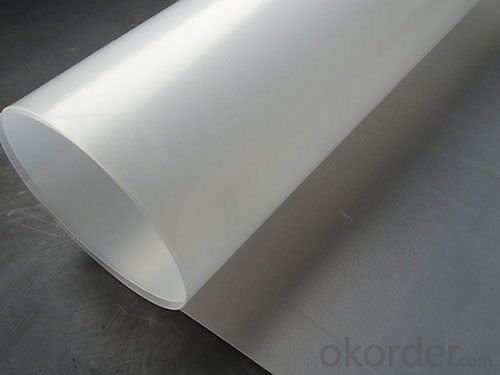

- Q: How do geomembranes contribute to reservoir lining?
- Geomembranes contribute to reservoir lining by providing a strong and impermeable barrier that prevents water leakage. They help to maintain the water level and quality, reduce evaporation, and protect against contamination, ensuring the efficient storage and utilization of water resources.
- Q: What are some common geomembrane installation techniques?
- Some common geomembrane installation techniques include anchoring, thermal welding, adhesive bonding, and mechanical fastening.
- Q: What are the potential risks associated with geomembranes?
- Some potential risks associated with geomembranes include punctures or tears, inadequate installation or poor workmanship, chemical degradation or exposure to harsh substances, and damage from environmental factors such as UV radiation or extreme temperatures. These risks can lead to leakage, reduced lifespan, or compromised containment, which can have environmental and financial consequences. Proper design, installation, and maintenance are essential to mitigate these risks and ensure the effectiveness of geomembranes.
- Q: How do geomembranes contribute to landfill construction?
- Geomembranes play a crucial role in landfill construction by serving as a barrier that prevents the contamination of soil and groundwater. They act as a lining system, effectively containing the waste within the landfill and preventing its migration into the surrounding environment. Additionally, geomembranes help to control leachate, which is formed as a result of rainfall or decomposition of waste, by facilitating its collection and proper disposal. Overall, geomembranes ensure the long-term integrity and environmental safety of landfills.
- Q: Who need the national standards of geomembrane?
- One is GB 1st type
- Q: Can geomembranes be used in desalination plants?
- Yes, geomembranes can be used in desalination plants. Geomembranes are often used as liners or covers for containment systems in various industries, including desalination. They help prevent leakage and provide a barrier against saltwater corrosion, making them suitable for use in desalination plants.
- Q: What are the types of geomembranes?
- There are several types of geomembranes, including high-density polyethylene (HDPE), low-density polyethylene (LDPE), polyvinyl chloride (PVC), ethylene propylene diene monomer (EPDM), and chlorosulfonated polyethylene (CSPE).
- Q: How do geomembranes contribute to the prevention of soil contamination from agricultural chemicals?
- Geomembranes contribute to the prevention of soil contamination from agricultural chemicals by acting as a barrier between the chemicals and the soil. They are impermeable and prevent the chemicals from seeping into the ground, thereby protecting the soil and its surrounding environment from contamination.
- Q: Are geomembranes resistant to punctures from rocks and sharp objects?
- Yes, geomembranes are designed to be resistant to punctures from rocks and sharp objects. They are typically made from high-strength materials that provide a protective barrier against potential damage, ensuring their durability and long-term performance.
- Q: How do geomembranes contribute to erosion control in airport runway and taxiway construction?
- Geomembranes contribute to erosion control in airport runway and taxiway construction by acting as a protective barrier against the erosive forces of water. They prevent water from infiltrating the soil, which reduces the potential for soil erosion and the formation of ruts, potholes, or sinkholes. Additionally, geomembranes help in maintaining the stability and integrity of the runway and taxiway surfaces, ensuring safe and smooth operations for aircrafts.
Send your message to us
Tanques De Geomembrana Precios - CJ/T234-2006 2.5mm Brillante Verde HDPE Geomembrana
- Loading Port:
- China Main Port
- Payment Terms:
- TT or LC
- Min Order Qty:
- -
- Supply Capability:
- -
OKorder Service Pledge
OKorder Financial Service
Similar products
Hot products
Hot Searches
Related keywords
